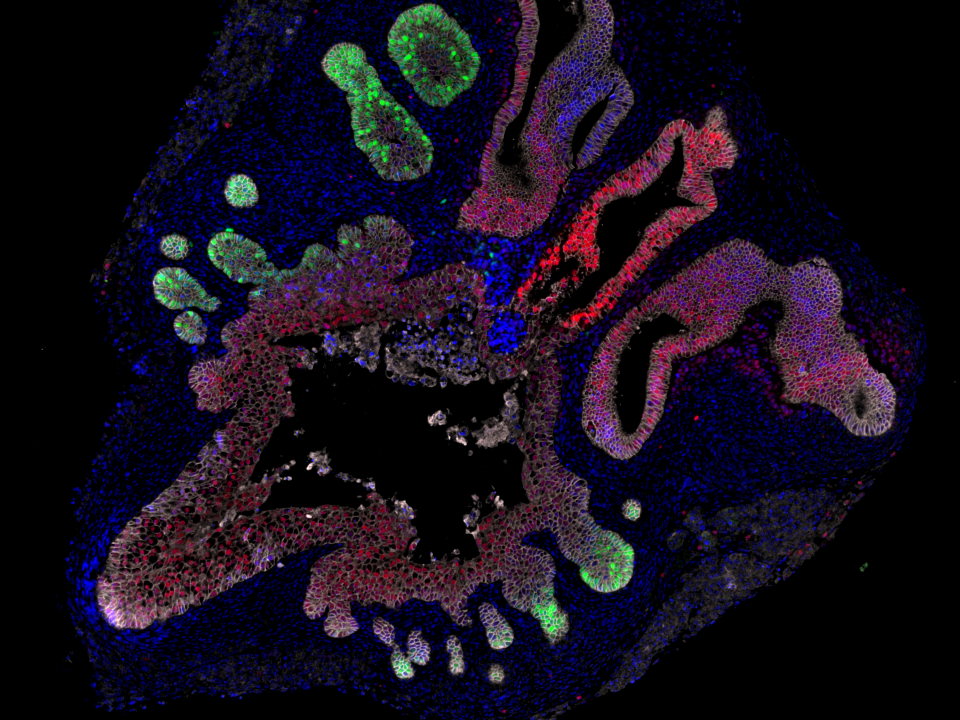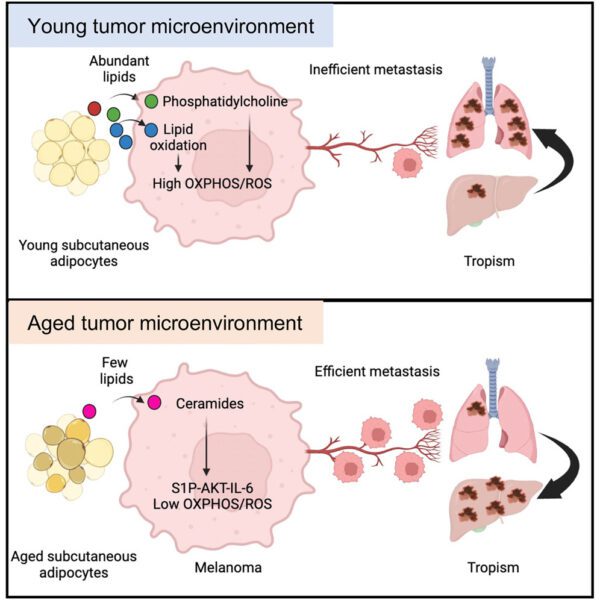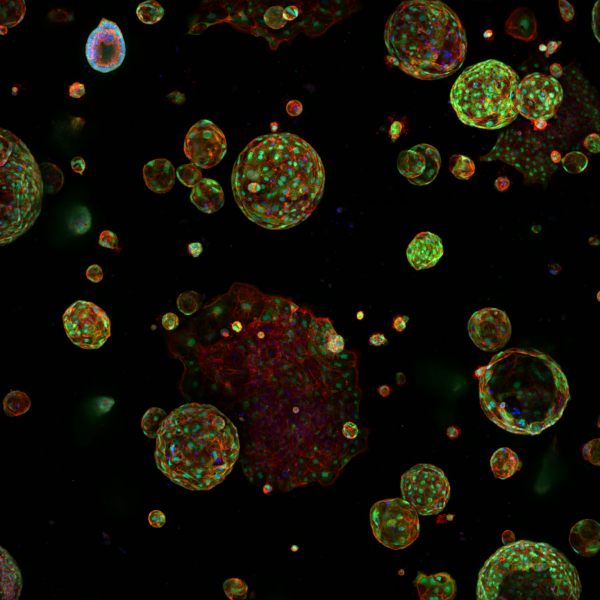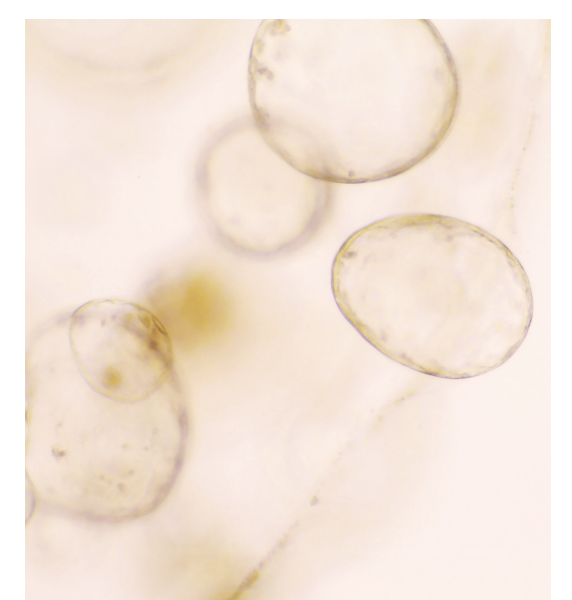Overview
The homologous recombination (HR)-associated BRCA2 protein is involved in high fidelityDNA repair which is activated when DNA double-strand breaks occur, or during DNA replication fork collapse. ATM coordinates DNA double-strand break signalling and cell cycle arrest. Survival of patients harbouring germline mutations in either BRCA2 orATM (gBRCA2/gATM) can be as low as 50% at 5 years in the localised setting with corresponding resistance to taxane and hormone therapies. These men present with increased stage, Gleason group grade (GG) 4-5 and metastases. The efficacy of PARP inhibitors (PARPi) in localised prostate cancers with gBRCA2/gATM requires further validation in the clinical setting, which is challenging given that hereditary prostate cancers represent a small proportion of cases. Pre-clinical models with clinically relevant germline genetics would be invaluable in this setting and the generation of these tools is a key aim of our programme.
The creation of models from gBRCA2 carriers required culture in exogenous nucleosides to alleviate possible DNA replication stress and the truncation of only the C-terminus of the remaining WT BRCA2. Functional loss of function (LOF) studies of our gBRCA2LOF PrEC cells show decreased IR-induced RAD51 nuclear foci formation, decreased homologous recombination (HR) activity based on DR-GFP reconstitution, and increased PARPi (Olaparib) and RT sensitivity. Three cell lines have increased copy number alterations including acquisition of 8q gains found in localised prostate cancer). In ATMLOF PrECs, we observed the classic radiosensitivity phenotype. Preliminary whole genome sequencing (WGS) data supports emergence of ATMLOF clones with both heterogeneous CNAs and transcriptomic profiles reflecting altered chromosomal stability. We are currently investigating whether these cell lines will form tumours in immunocompromised animals and whether they represent patient-faithful models with our collaborators in Melbourne (M. Lawrence, R. Taylor, G. Risbridger and H. Thorne)
Although mutations in MMR genes are rare in PCa, the presence of mutations in one of the MMR genes (MSH2, MSH6, EPCAM, MLH1 or PMS2) has been correlated with microsatellite instability (MSI) and adverse pathology in PCa – and overall, patients with Lynch syndrome are at two-fold higher risk of developing prostate cancer. Furthermore, given that the use of PD-1 inhibitors has been approved for treatment of gastro-intestinal tumours with MSI, the detection of MMR-deficient prostate cancers could have therapeutic implications, and there is great interest in developing new biomarkers that assess mismatch repair along with other metrics of genome stability. We have amassed samples from primary MMR-deficient prostate cancers to annotate immune cell infiltration relative to tumour mutation burden (TMB). We have also created novel cell lines in primary prostate epithelial cells in which MSH2 has undergone genetic KO using CRISPR methodology to track resulting somatic mutations and genetic instability.





